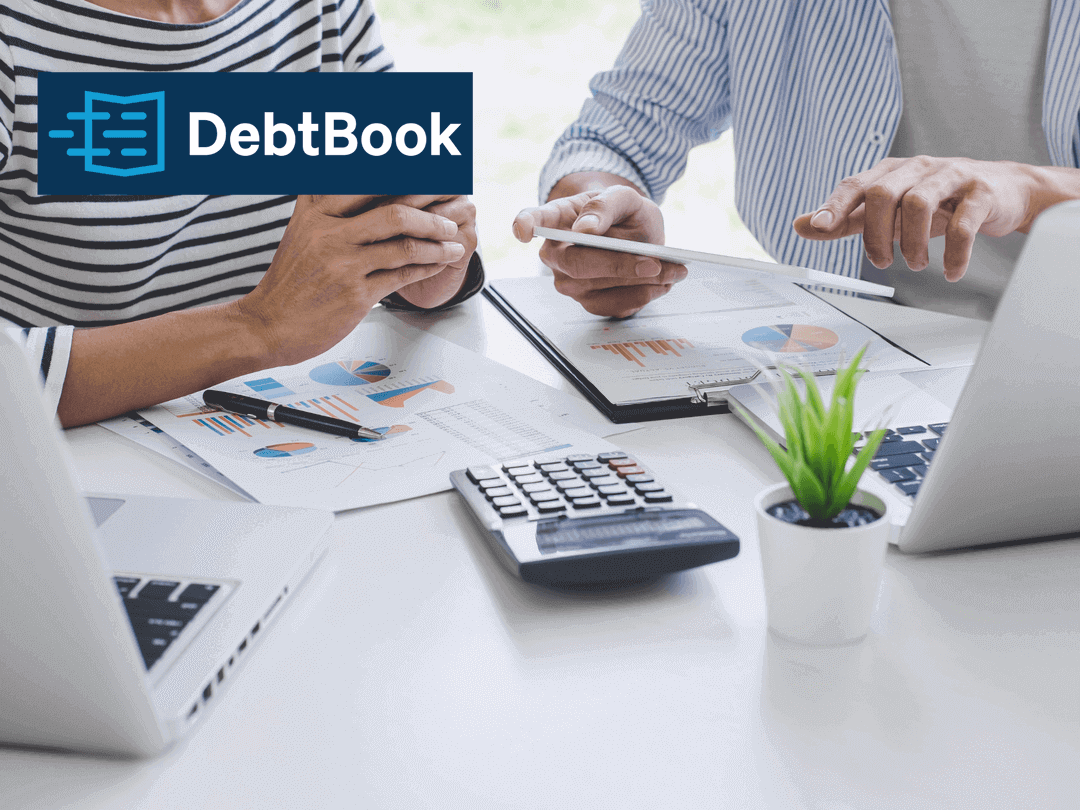Curious about the difference between ERPs and debt and lease management software? Well let’s start off by saying both ERPs and debt and lease management software play a pivotal role in financial reporting, providing finance professionals with the tools and resources they need to accurately capture spending, forecast budgets, and plan for future spending. However, they are not the same system and do not serve the same purposes. In fact, it is very common for finance teams to include both an ERP and debt and lease management software in their organization's fintech stack. These two systems can work together to provide greater insights into borrowing and leasing practices and help finance teams better manage and track their outstanding debt obligations.
Read ahead to learn about some of the benefits in using both an ERP and a debt and lease management solution.
Benefits of Debt and Lease Management Software
Debt and lease management software is technology that empowers finance teams in local government, higher education, and public healthcare, as well as those who touch some aspect of an organization’s debt and leases, to perform their functions with greater ease and confidence. The ever-increasing changes in regulation from the Governmental Accounting Standards Board (“GASB”) has also kept these organizations on their toes, requiring them to modify certain business and financial reporting practices. Debt and lease management software can provide a huge lift with regards to implementing and complying with the very specific requirements of standards such as GASB-87.
Debt and lease management software gives finance teams the ability to slice-and-dice their outstanding debt and lease obligations and easily view their obligations by Type, Fund, or Purpose. Debt and lease management software, such as DebtBook, shows forward-looking debt schedules and can automatically generate end-of-year notes for audit season, drastically reducing the time and stress it takes to prepare audits. These platforms can improve transparency by providing insightful data visualizations with easy-to-read charts and dashboards that can be shared and comprehended by even those with little accounting background, such as residents and other constituents. DebtBook also enables organizations to share access with external users, allowing for easier collaboration with advisors, CPAs, auditors, and other team members.
Benefits of an ERP
Nearly every organization, no matter the size or the industry, uses some form of an ERP, and for good reason. ERPs, or enterprise resource planning software, provide organizations with data and analytics relating to core business processes. ERP systems often track key financial processes and can help with areas such as human resources, revenue management, tax billing, and asset management. In fact, ERP systems can even track specific business resources like cash, raw materials, production capacity, and the status of business commitments: orders, purchase orders, and payroll. These systems are the workhorse of many accounting departments and provide a system that can withstand complex accounting processes. ERP systems typically organize General Ledger (GL) codes by Type, Fund and Purpose in order to analyze the data and provide insights.
Benefits of Leveraging Debt and Lease Management Software and an ERP Together
These two powerful systems can work together to provide financial teams with deeper insights into debt and lease accounting. Systems like DebtBook are focused on debt and lease management solely, typically an area that ERPs do not specialize in. Debt and lease management software is not intended to replace your ERP system, but rather work alongside it.
Debt and lease management software provides finance teams with a quick and painless way to export journal entries, which can be loaded into the ERP system, saving hours of time and headaches manipulating and reformatting general ledger codes. The raw data provided by the debt and lease solution can be uploaded into the accounting system to provide deeper analysis and forecasting on future budgeting and spending.
Miscommunication and mistakes can easily occur when everyone is working off their own spreadsheets, data sets, and underlying documents. Debt and lease management platforms make it easy to collaborate effectively and efficiently across multiple internal and external teams and users. With DebtBook’s cloud-based software, your entire team can work anywhere, anytime and access the data they need to do their jobs effectively, putting the entire working group on the same page, seamlessly and effortlessly. When you’re ready to transfer the data to your ERP, you have peace of mind knowing you’re working off the most up-to-date and accurate dataset.
Further, data visualization can be a powerful tool to see and compare your financial data in new or different ways. While ERP systems store and organize large amounts of complex data, reports, charts, and dashboards are often lacking or nowhere to be found. DebtBook’s unique user interface makes creating charts and tables incredibly easy and allows you to save your favorite charts for a personalized dashboard. Each time you visit your dashboard, the chart is updated to reflect the latest data, meaning your team never has to recreate the same chart again. Want to take one more look at the data to make sure it’s right? No problem—simply click into the chart to go straight to the underlying data to ensure it captures everything you need. When you’re ready, download the chart and drop it directly into your report, all with just a few clicks of the mouse.
Together these two systems provide accounting and finance teams with a deeper and more holistic understanding of their debt and lease obligations. Teams who use both a debt and lease management software and an ERP can manipulate and evaluate their data in new ways and drastically increase reporting efficiencies on tasks that otherwise would have been a manual process.
Disclaimer: DebtBook does not provide professional services or advice. DebtBook has prepared these materials for general informational and educational purposes, which means we have not tailored the information to your specific circumstances. Please consult your professional advisors before taking action based on any information in these materials. Any use of this information is solely at your own risk.







